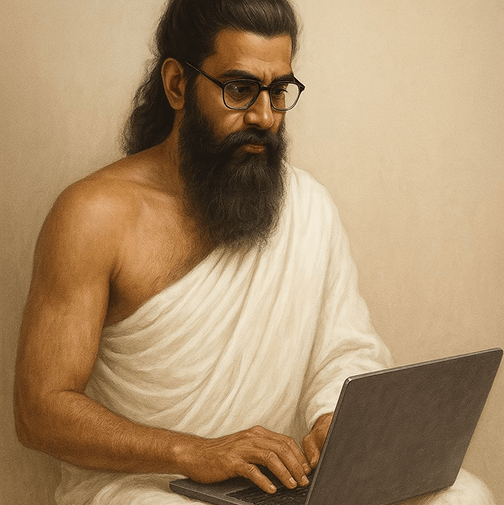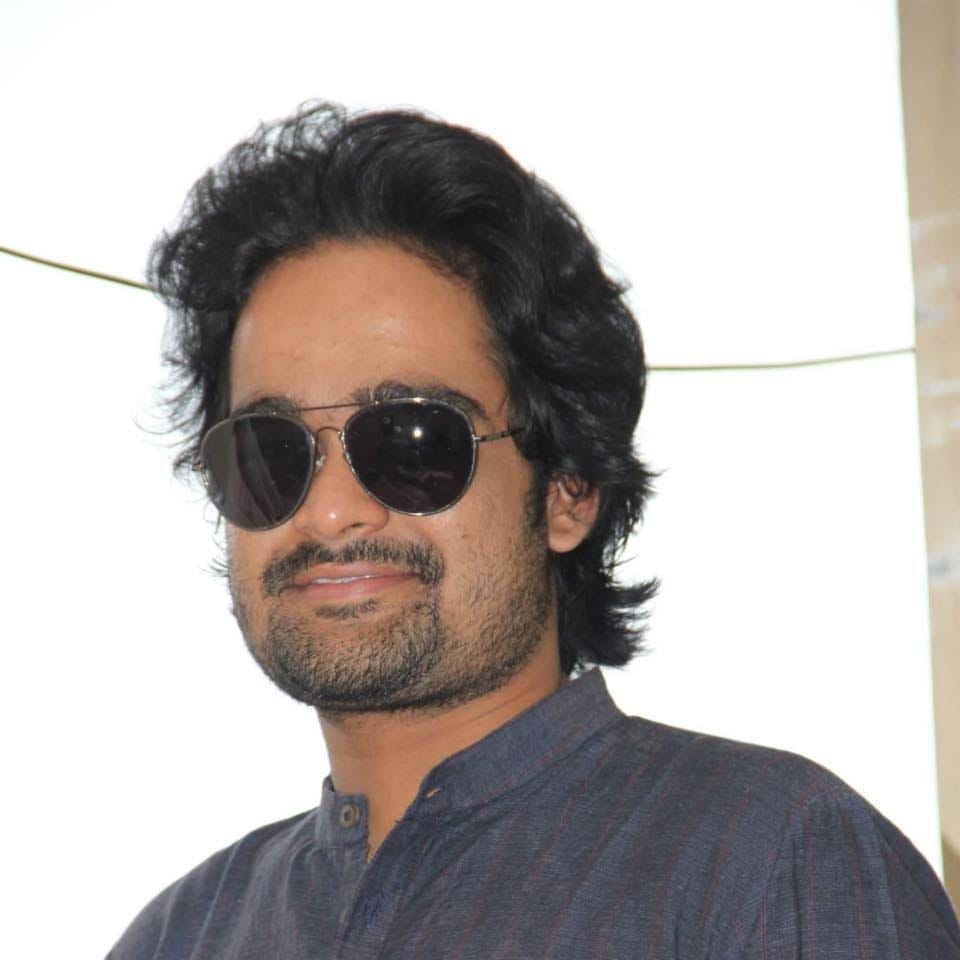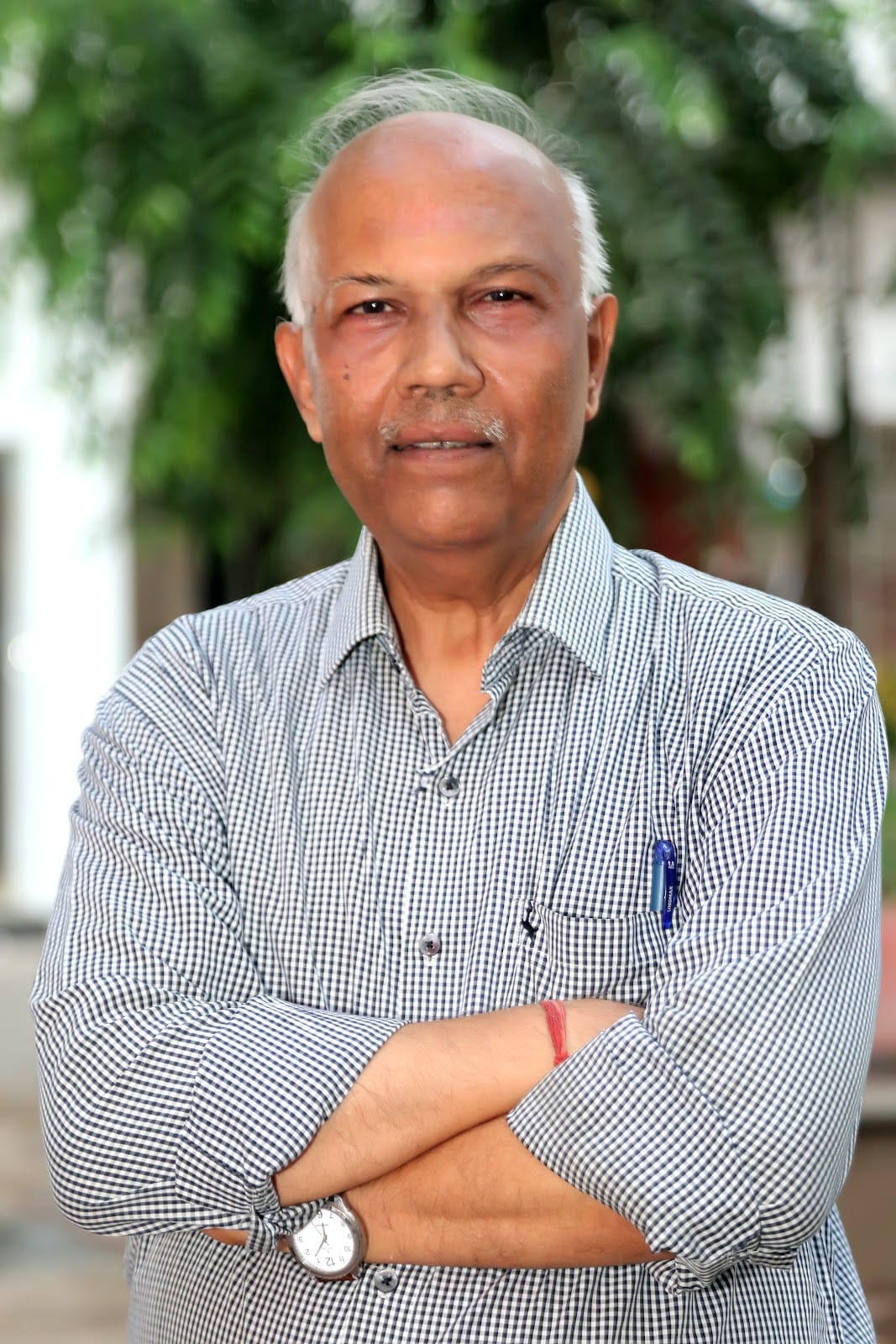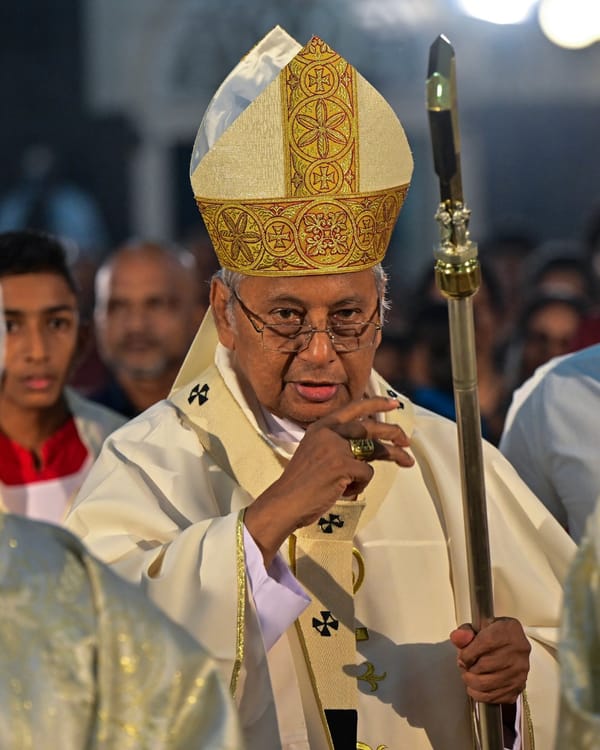
ITAK Slams ‘Political Showmanship’ During President’s Jaffna Visit
The Illankai Tamil Arasu Kachchi (ITAK) has strongly criticised the National People’s Power (NPP) for what it described as “political showmanship” during President Anura Kumara Dissanayake’s recent visit to Jaffna, accusing the ruling alliance of using public funds to stage partisan events while sidelining other political representatives. Addressing a media briefing at his office in Jaffna on Monday, ITAK Leader C.V.K. Sivagnanam said the NPP had no mandate to interfere in ITAK’s internal affai

Our Reporter










































